Experience
This one night/ two day interactive program gives visitors the opportunity to get a firsthand look at the skill of Kiji-shi (woodturners) who create Gobara Lacquerware, a traditional craft developed in Miniwa City. Visitors then try their hand at collecting raw sap from lacquer trees (urushi-kaki) and coating a piece of traditional Japanese tableware (urushi-nuri). They will also have the chance to try lacquer dyeing (urushi-zome).
Visitors collect raw sap from lacquer trees in the field and coat a bowl that they can take home as a souvenir. Hiruzen is the only area in Japan where all the processes, from collecting the raw sap to coating, are done in one place, which makes this a special opportunity.
The lacquer dyeing that visitors experience includes collecting raw sap from lacquer trees, drying it, and then boiling it in water to create dye. They then dye an item that they can bring home as a souvenir.
Enjoy food
Visitors enjoy a wonderful lunch featuring fermented food at the Hiruzen Winery, and a delicious dinner cooked with local ingredients at the accommodation in the evening. Both lunch and dinner feature a special dish served on Gobara Lacquerware, a special treat offered in this program.
About Gobara Lacquerware
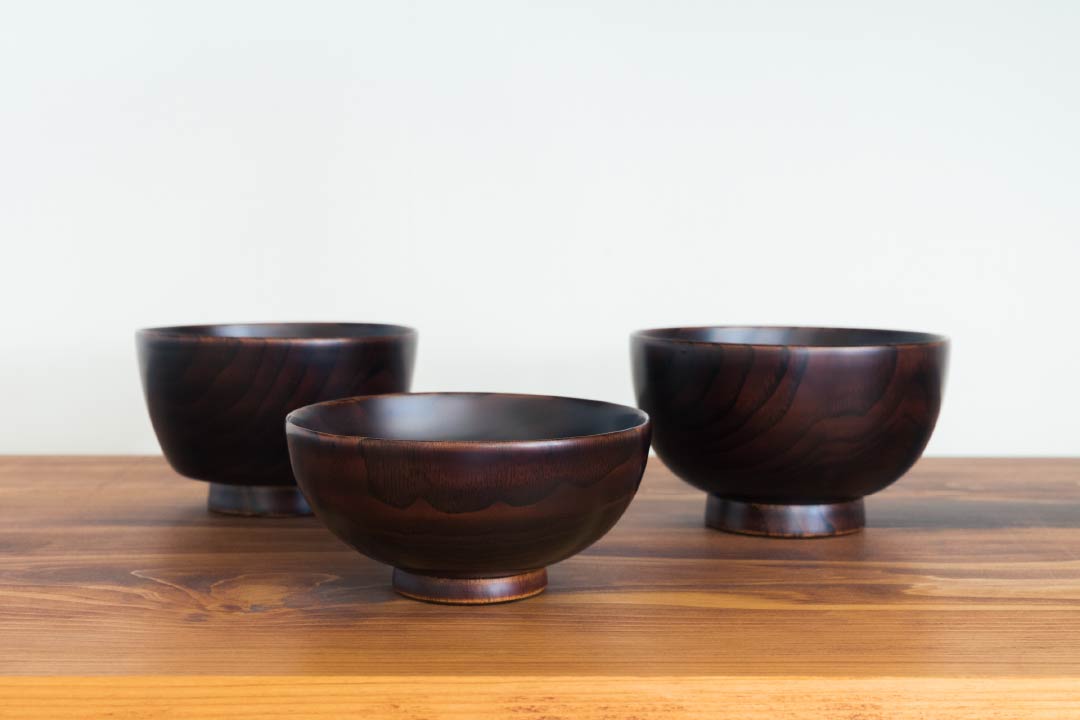
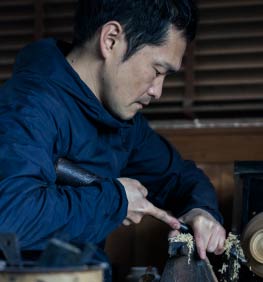
Succession of Traditional Craft – Woodturner TAKATSUKI Kunimitsu
TAKATSUKI Kunimitsu was born in Kurashiki City (Okayama Prefecture). He graduated from the Ishikawa Prefectural Training Institute of Woodturning in 2003, and he began creating Gobara Lacquerware as a woodturner. Gobara Lacquerware was designated an Important Intangible Folk-Cultural Property by Okayama Prefecture in 2006, and he was hired as a prefectural woodturner. Since winning the Okayama Prefecture Governor’s Award at the Japanese Traditional Craft Chugoku Branch Exhibition in 2005, the many awards he has received include the 64th Japanese Traditional Craft Exhibition, the NHK President Award, the Fukutake Cultural Award, and the Pola Traditional Culture Encouragement Award. He has given periodical support for lacquer coating classes at elementary schools in Maniwa City to introduce children to the pleasure of manufacturing. He is also actively engaged in workshops at museums.
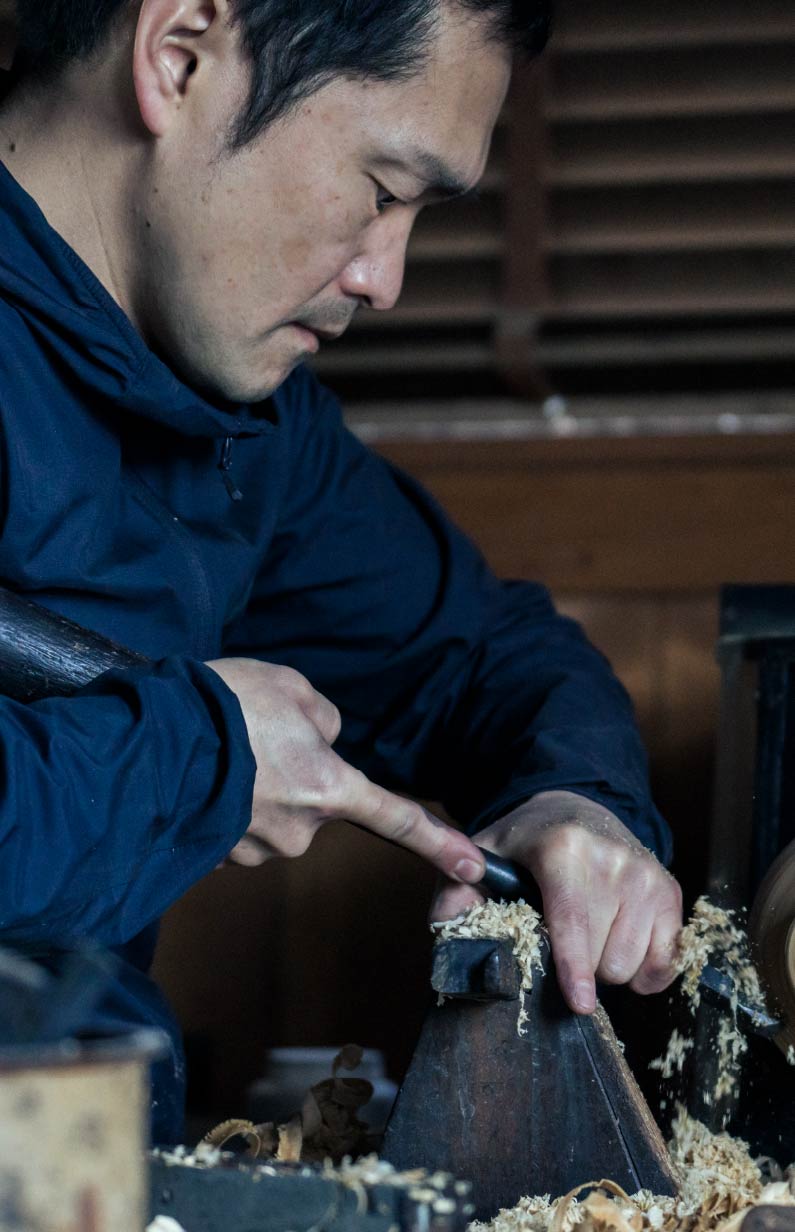
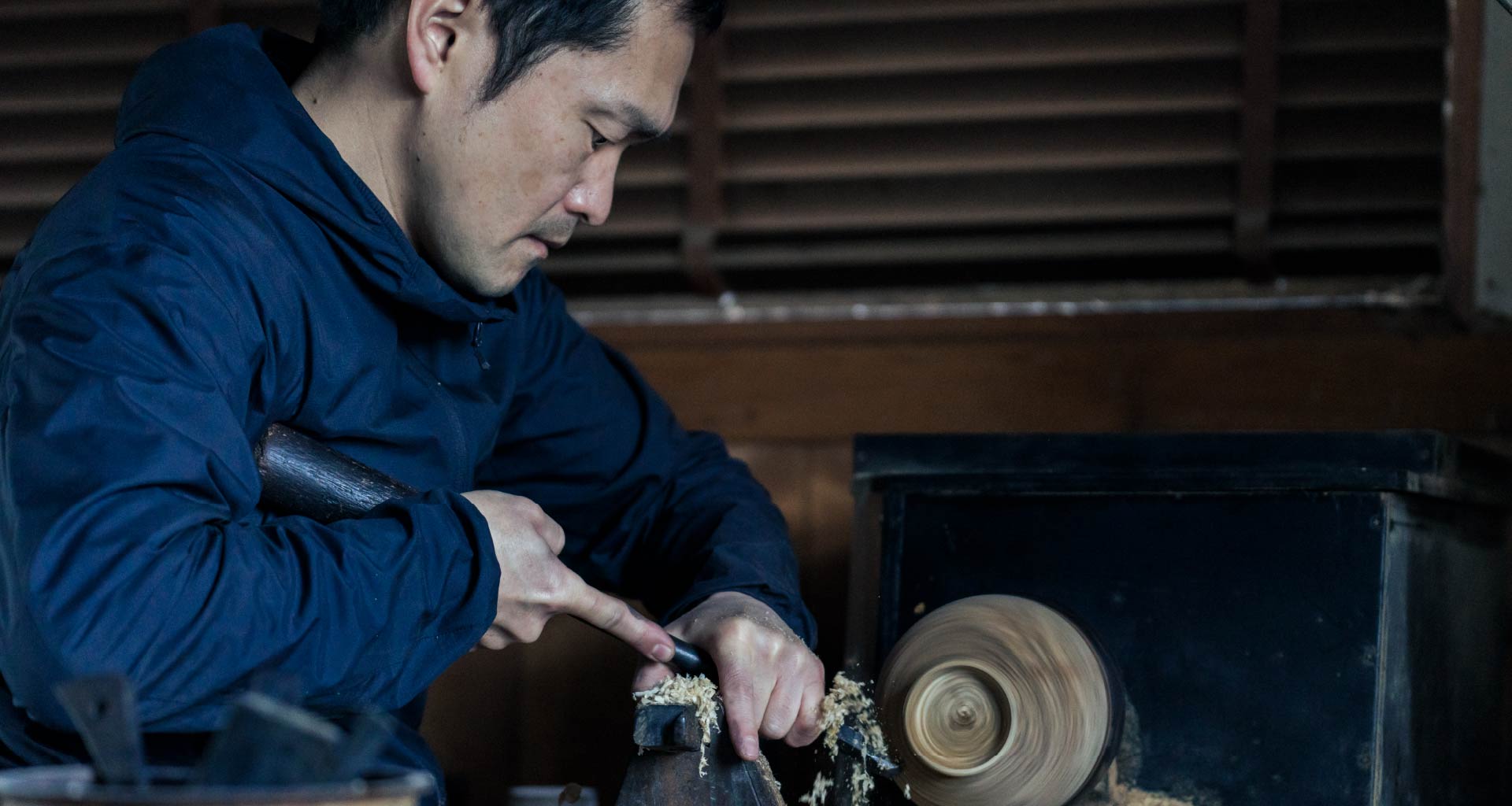

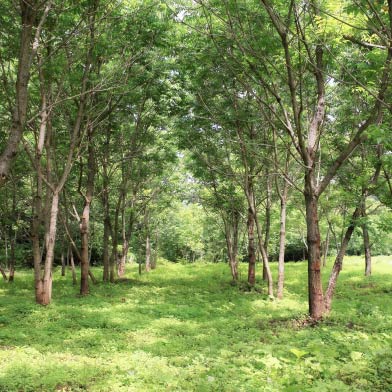
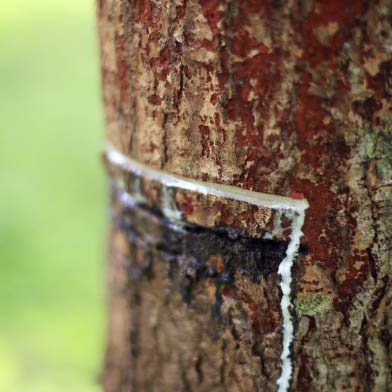
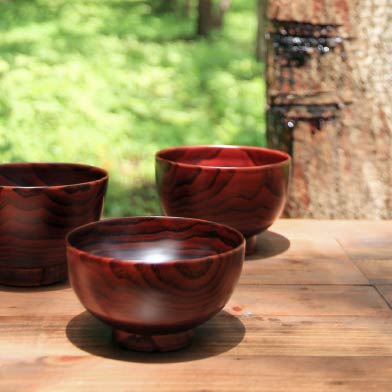
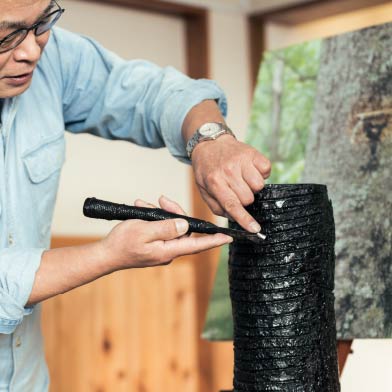
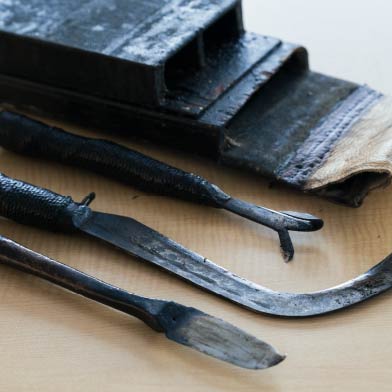
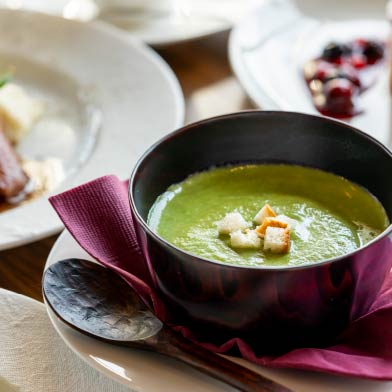
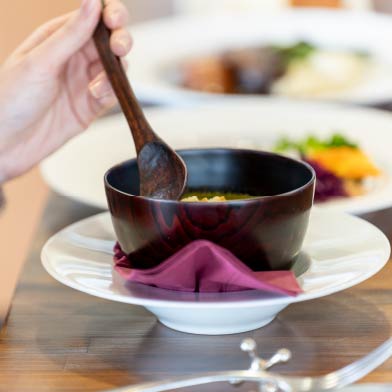

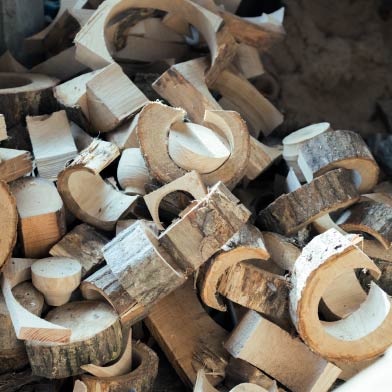
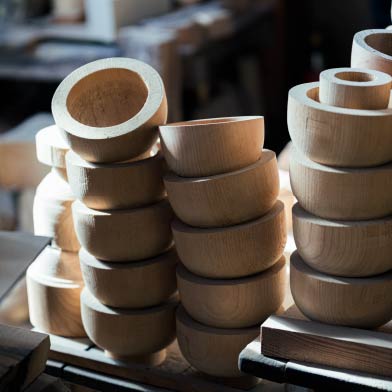
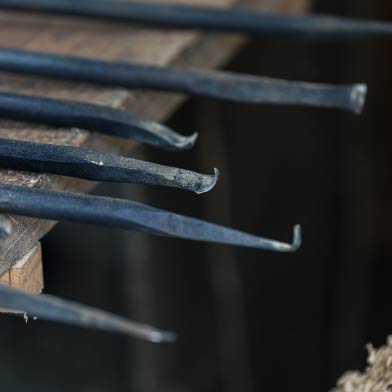
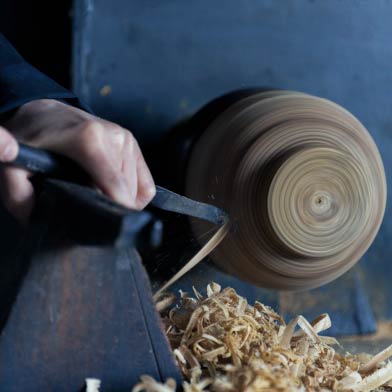




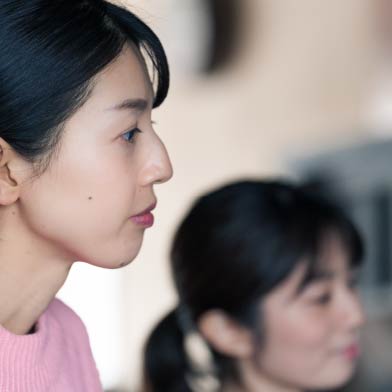
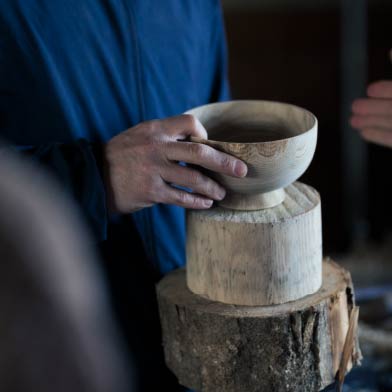

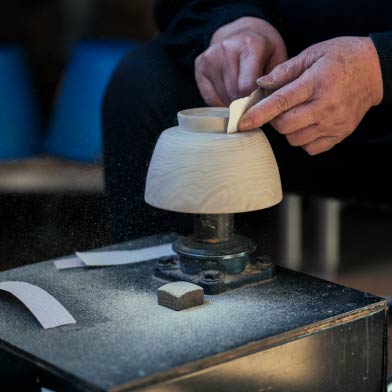

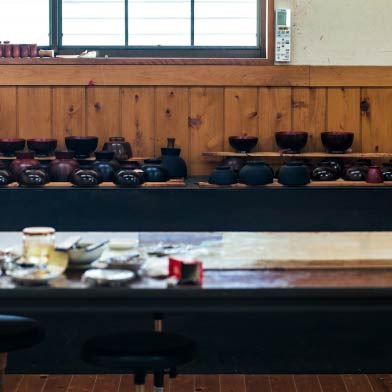
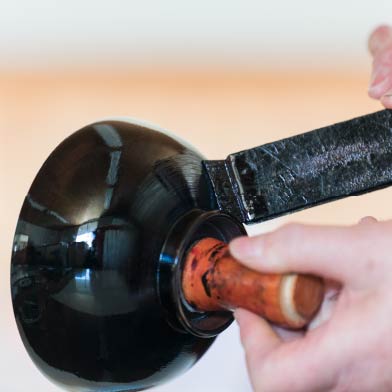
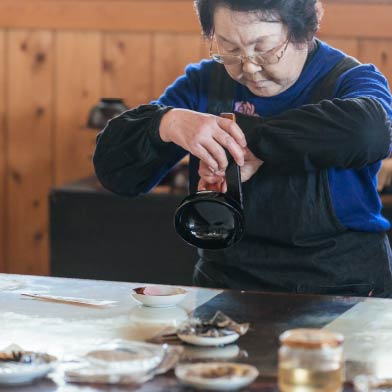
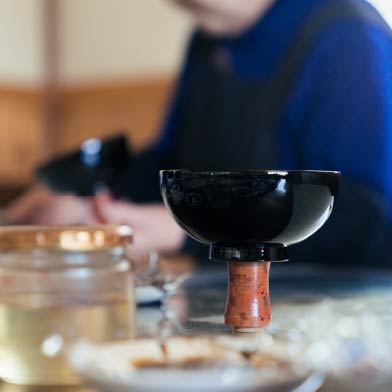
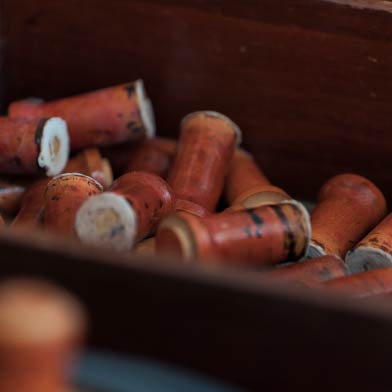
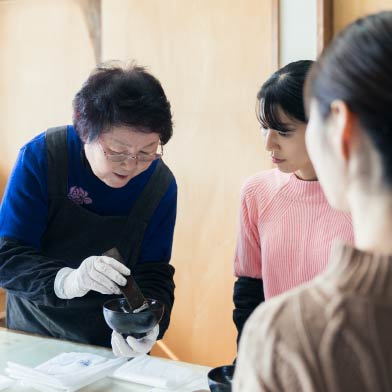

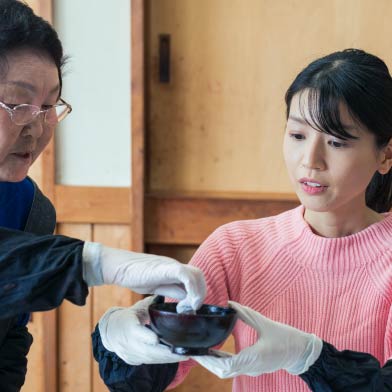
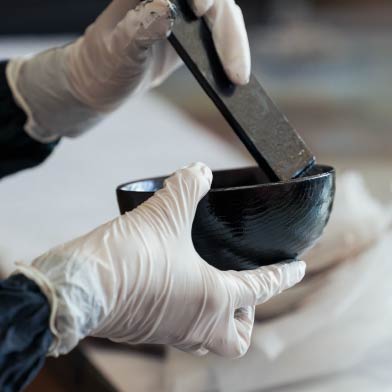
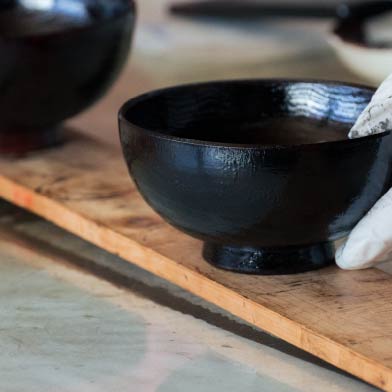
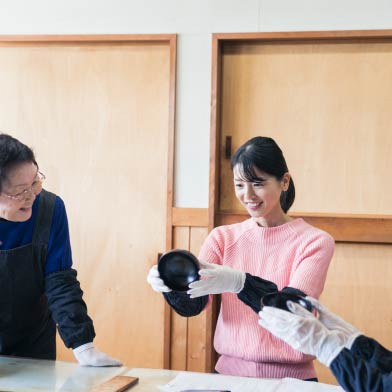
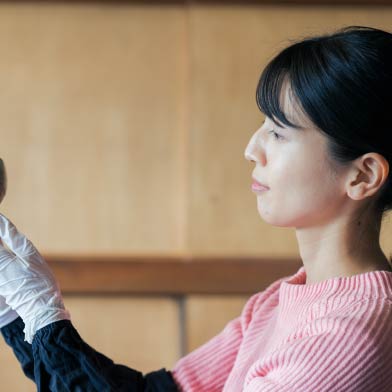
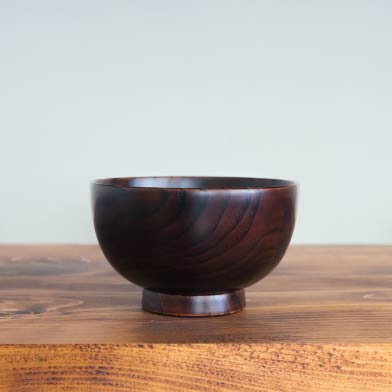


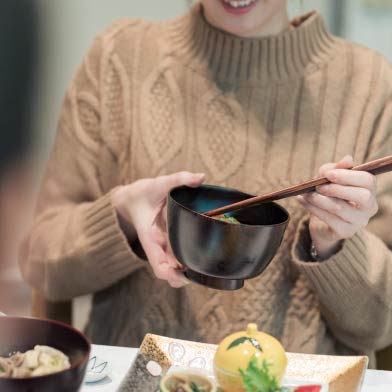
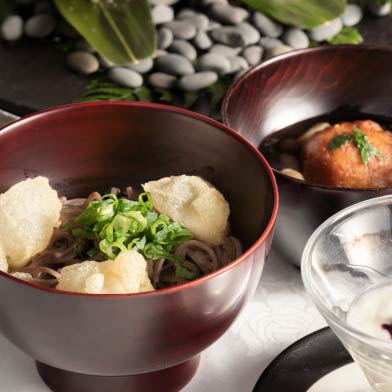

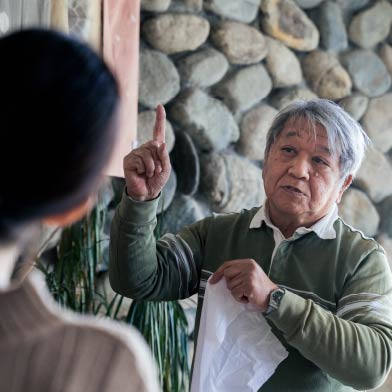
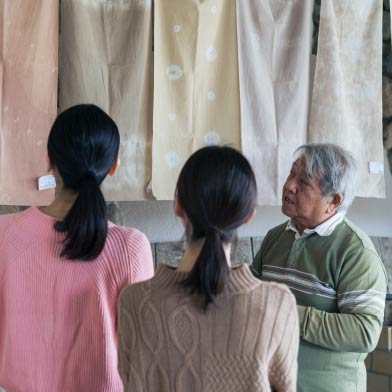
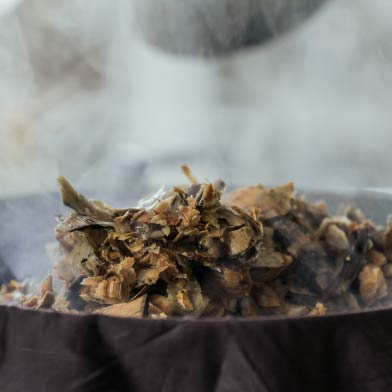
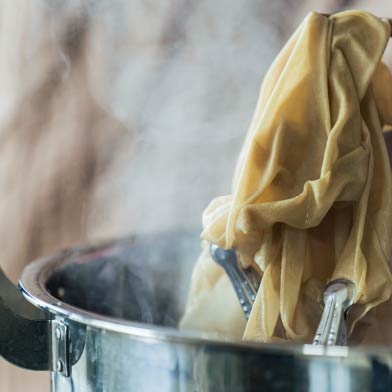

Gobara Lacquerware is made from wild chestnut trees that are native to Hiruzen (Miniwa City, Okayama Prefecture). The tree trunks are cut into circular slabs, from which the items are then crafted whole. Following this, the items are coated with lacquer collected from Japanese sumac, or lacquer trees. This handwork has been handed down in the region for about 400 years. The sheen of Gobara Lacquerware increases with use. It is also designated an Important Intangible Folk-Cultural Property by Okayama Prefecture.
The process that brings out the woodgrain in Gobara Lacquerware is very unique. The pieces are cut from the center of the chestnut wood slab to highlight the tree rings, and then dried. Such craftmanship is an unchanging feature of Gobara Lacquerware.
In addition, use of the diatomaceous earth that has accumulated over the years in Hiruzen for undercoating produces a smooth texture and increases durability.
A coating technique that highlights the beautiful grain of the wood is also a feature of Gobara Lacquerware. The process of applying the finish coating on the piece after the base coat is applied and polished is repeated, and the item is dried, an important process that requires a special technique to produce a beautiful finish while preventing dust from sticking to the surface.
It is estimated that about 400,000 items were produced annually during the Edo Period (1603-1868): however, production was halted temporarily due to war during the Showa Period (1926-1989) and failed to recover fully thereafter. In the Heisei Period (1989-2019), various groups worked to revitalize the craft, and currently, a promotion association is playing a central role in planting lacquer and chestnut trees, and in cultivating young successors.